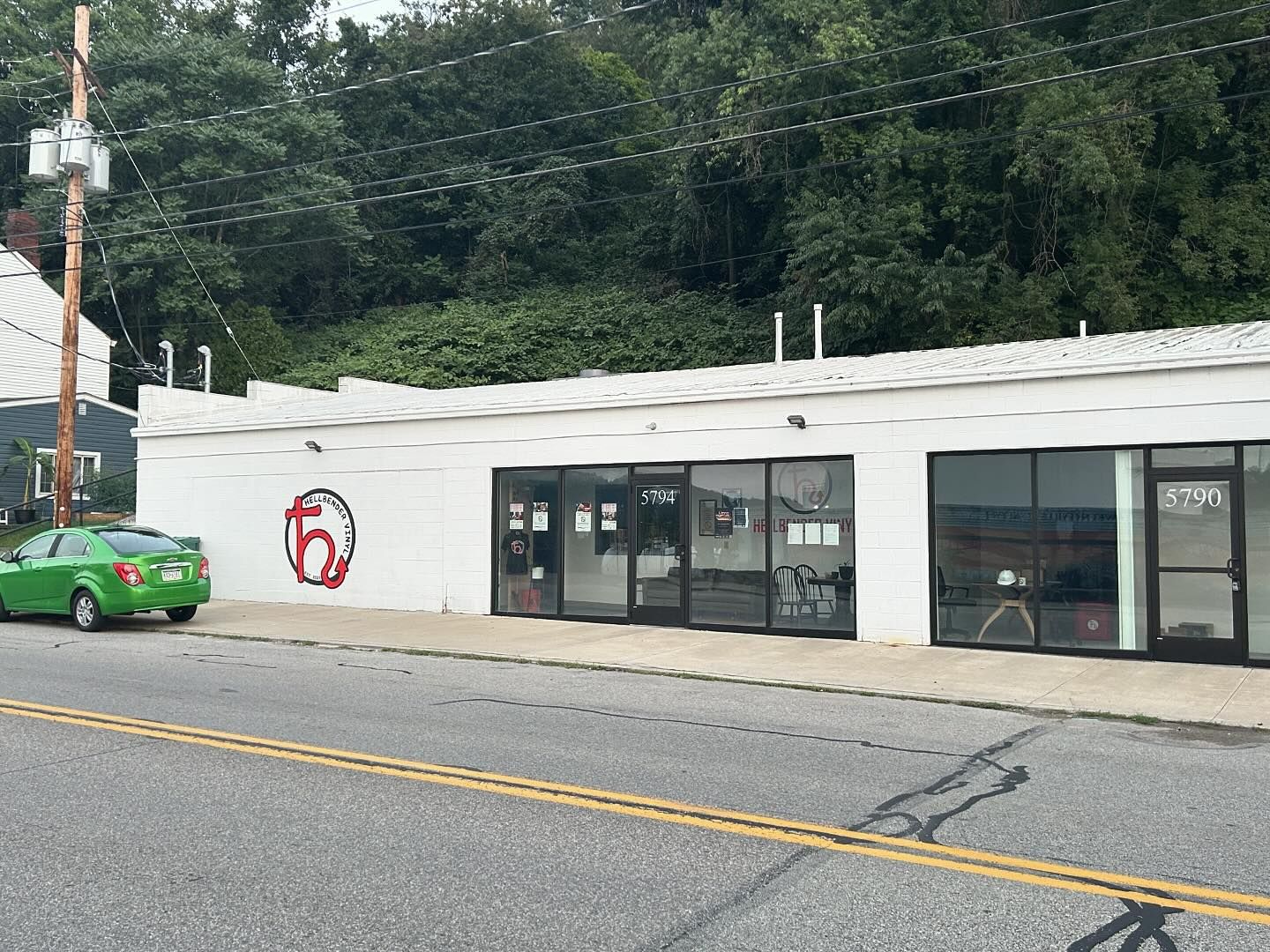
How Are Vinyl Records Made?
Easily one of the questions we get the most is, "How are vinyl records even made?" Today, we dedicate this blog post to just that. Here's a simple overview of how your favorite records went from being a recording, to a physical vinyl you can listen to.
Everything begins with a master recording—the final, approved version of an album. This gets sent to a cutting engineer, who uses a machine called a cutting lathe to carve grooves into a lacquer disc. The lacquer is basically thick coating on an aluminum base, softer than actual vinyl.
The cutting lathe works like a record player in reverse. Instead of reading grooves, a heated diamond stylus cuts them in real-time as the music plays. Loud parts create wider grooves, high frequencies make the stylus wiggle horizontally, bass makes it move vertically. It's precise work—cut the grooves too close together and needles will skip, too far apart and your album needs multiple discs.
The cut lacquer gets shipped to a pressing plant and coated with silver, then nickel, creating what's called the "father"—basically a negative of the original. Since the father is too valuable for mass production, they make "mothers" from it, which are positive copies. From the mothers come "stampers"—the metal negatives that will actually press records.
Here's where it gets industrial. The plant melts down PVC plastic pellets into a hot, flat "puck." This gets sandwiched between two stampers in a hydraulic press that applies tons of pressure - 2400 pounds of pressure that is. The heat and pressure force the plastic into every detail of the stampers—grooves thinner than human hair that capture every kick drum and guitar bend from the original recording.
After pressing, records cool down slowly to avoid warping. Every batch gets test pressings that are played back to catch problems. If something sounds off, they start over.
In 2025, when any song is available instantly, vinyl's elaborate process feels almost defiant. Every record requires multiple craftspeople making decisions about how your music should sound and feel. When you play that new album, you're hearing the work of cutting engineers who understood the dynamics, press operators who nailed the temperature + pressure, and quality control workers who caught defects.
Vinyl isn't just music—it's music with intention behind every step. In a world of infinite digital options, there's something powerful about embracing the beautiful constraints of the physical world.

